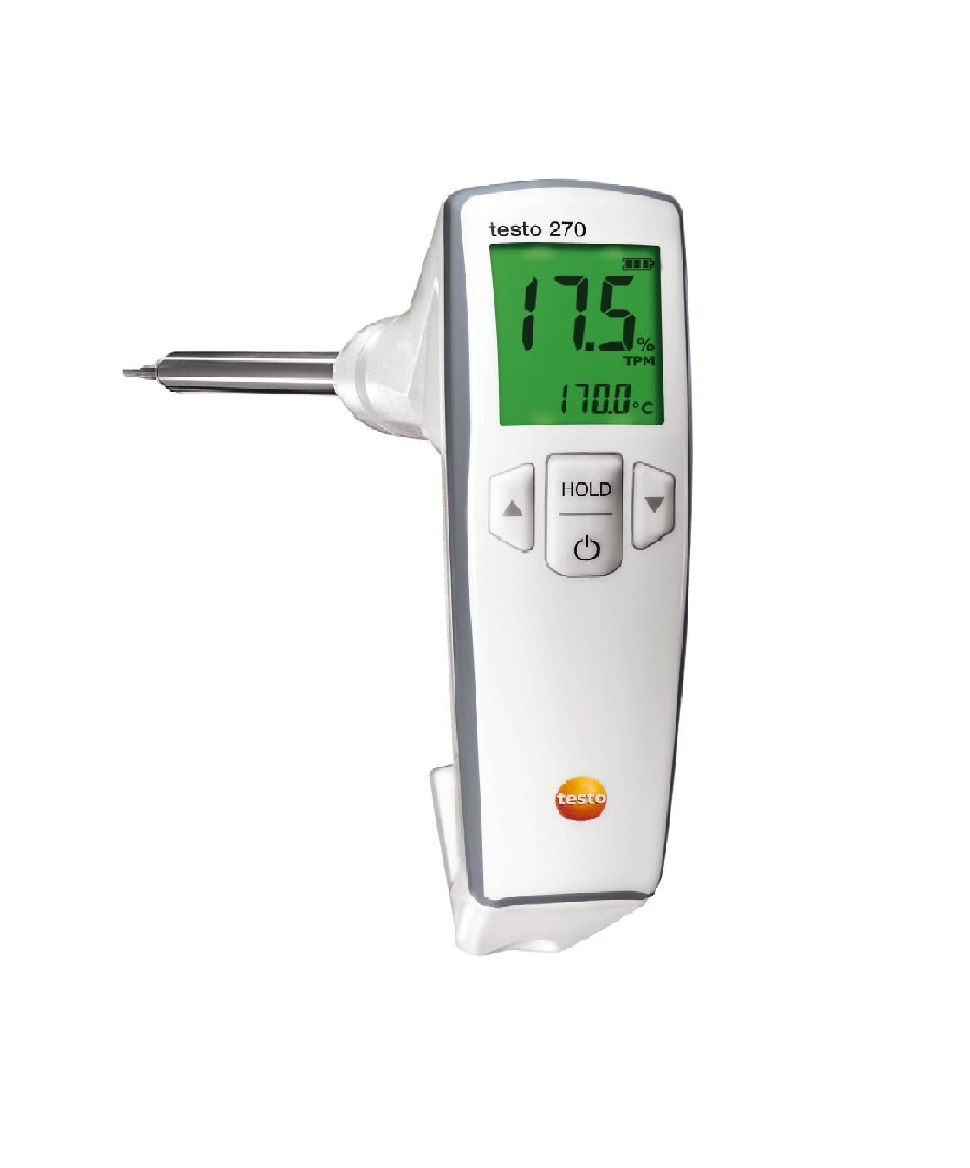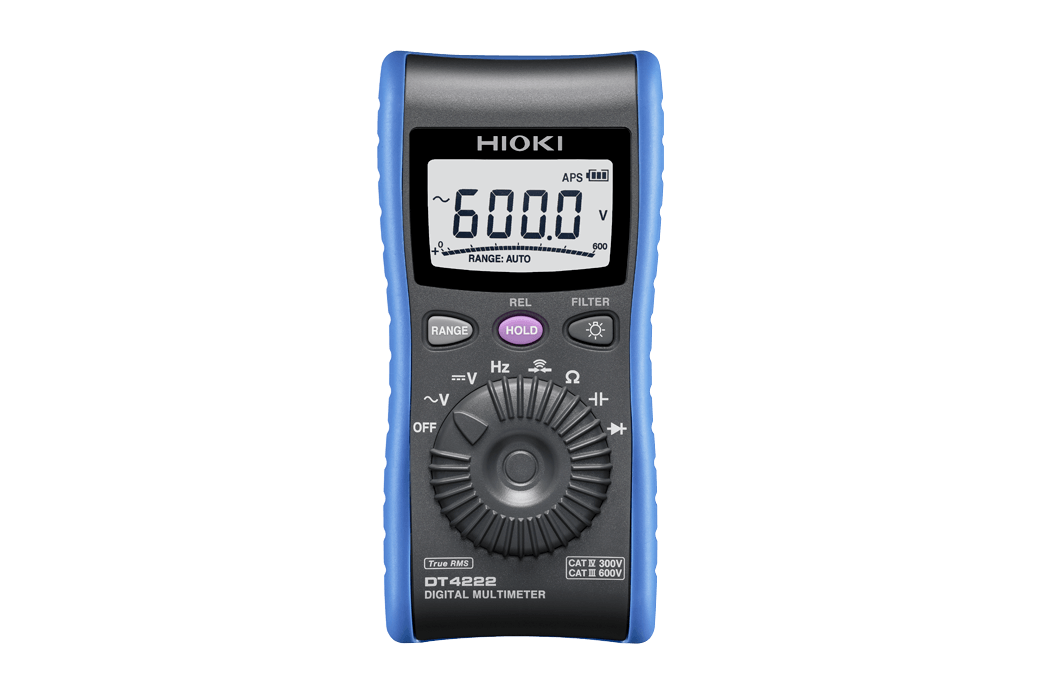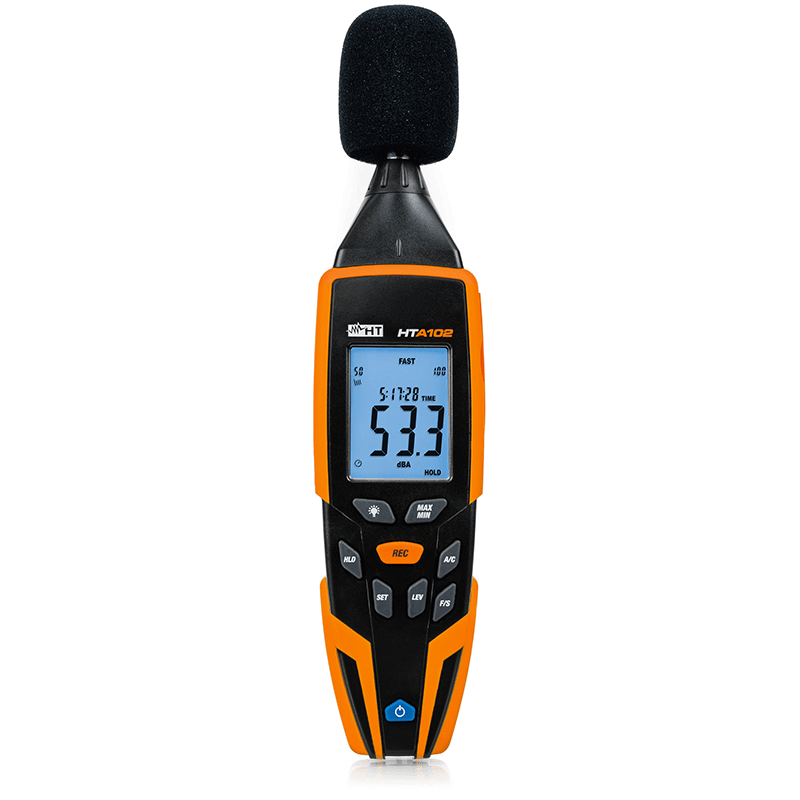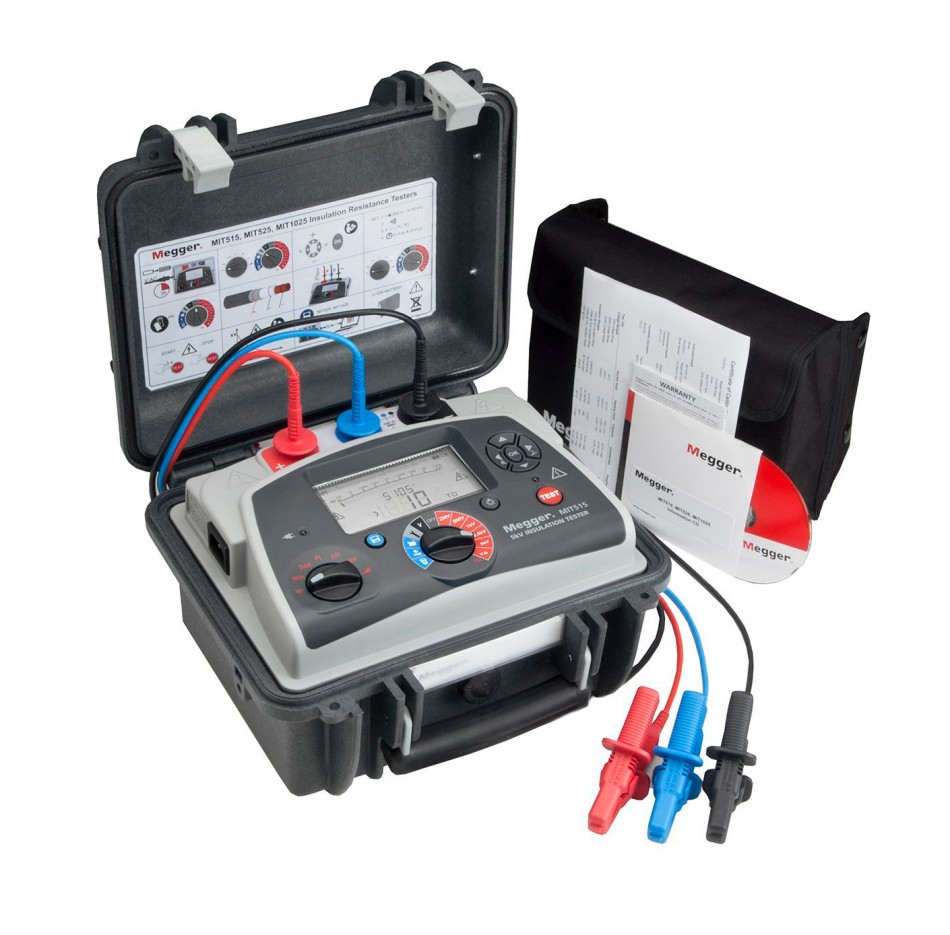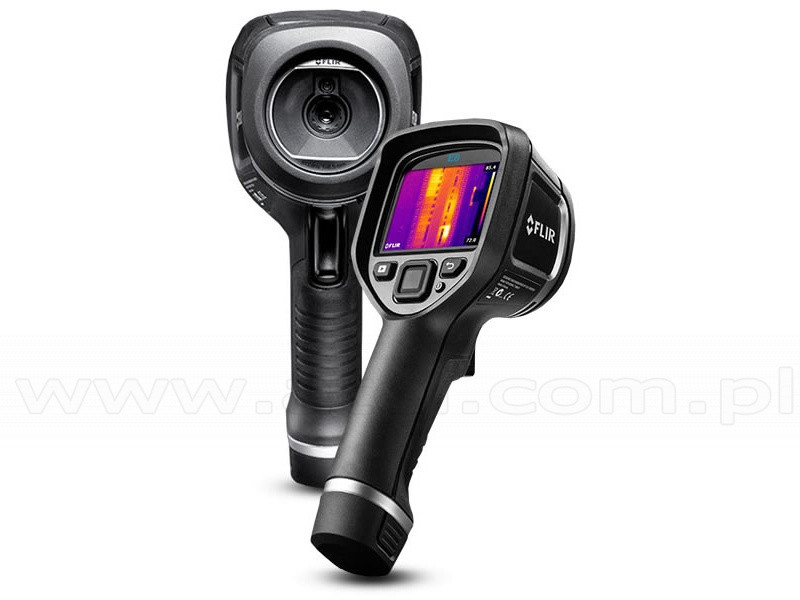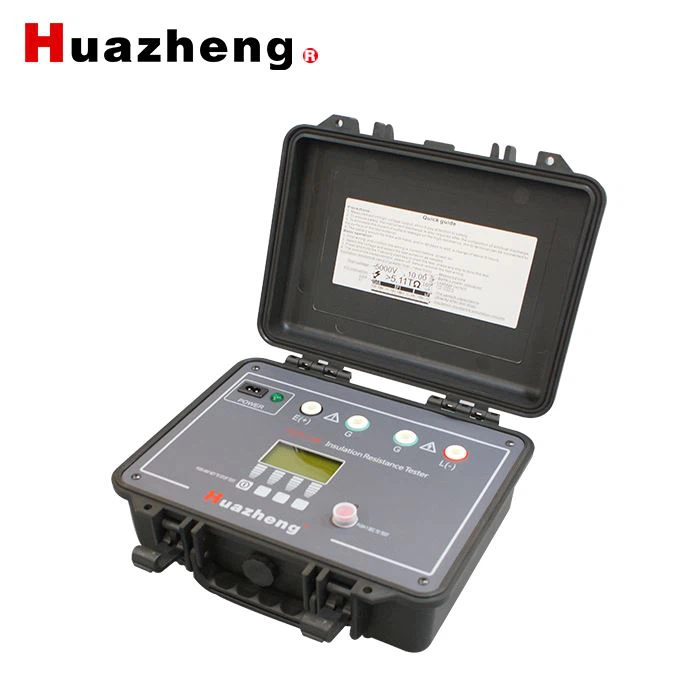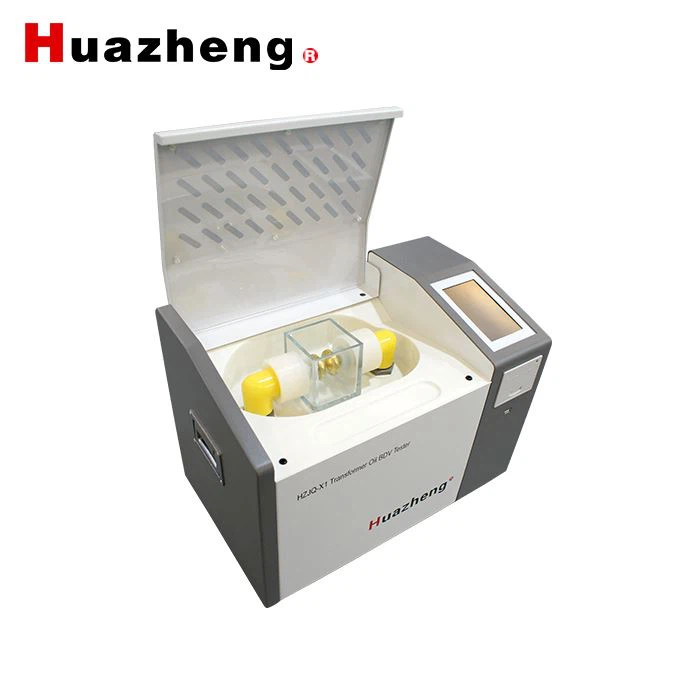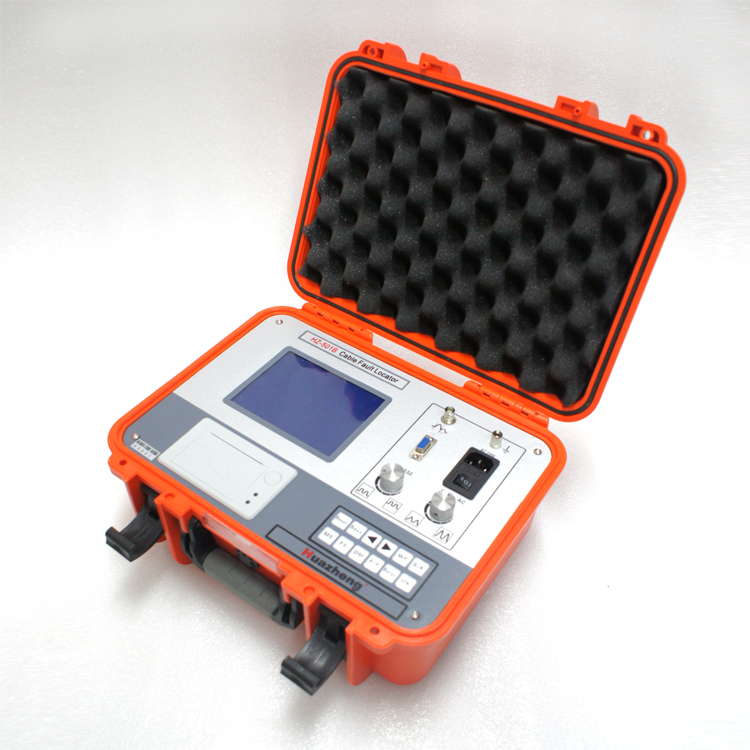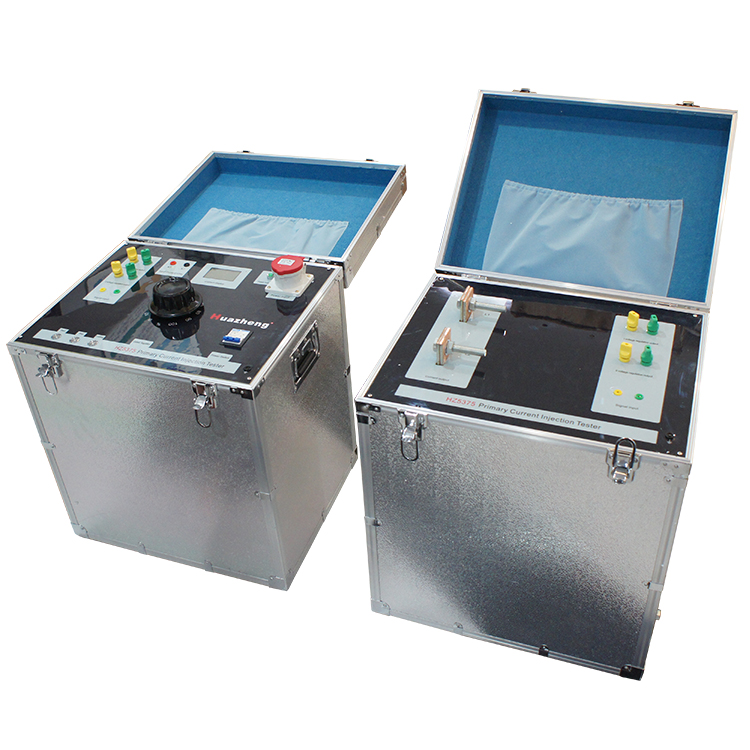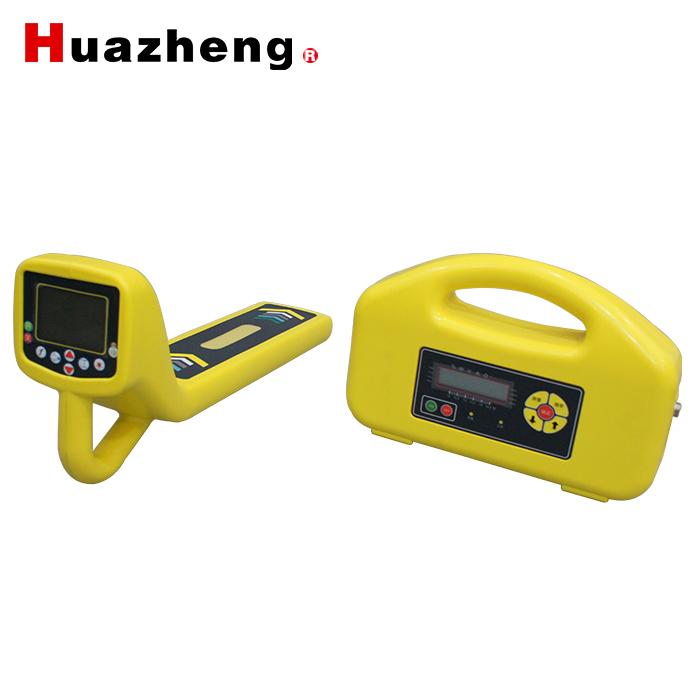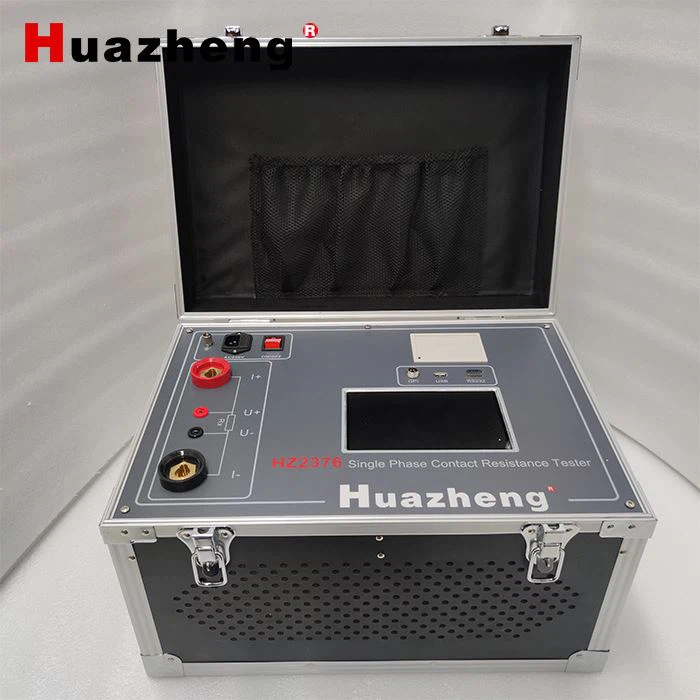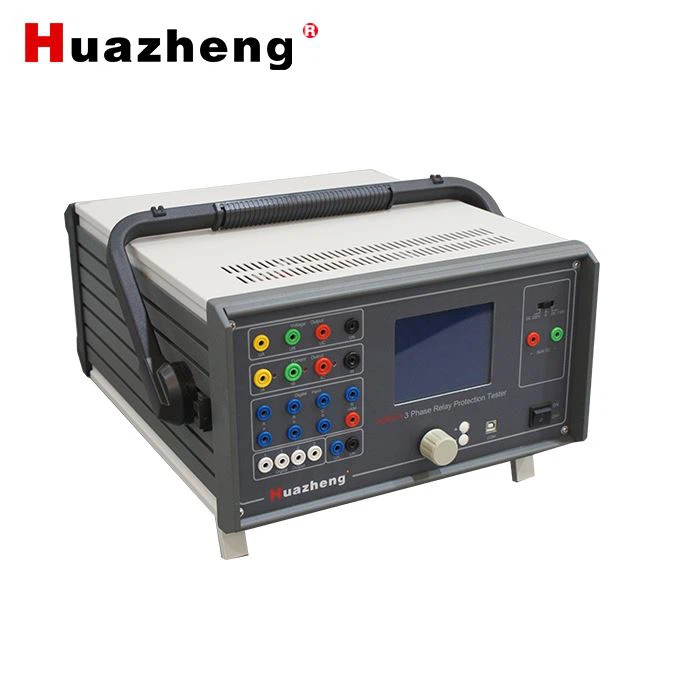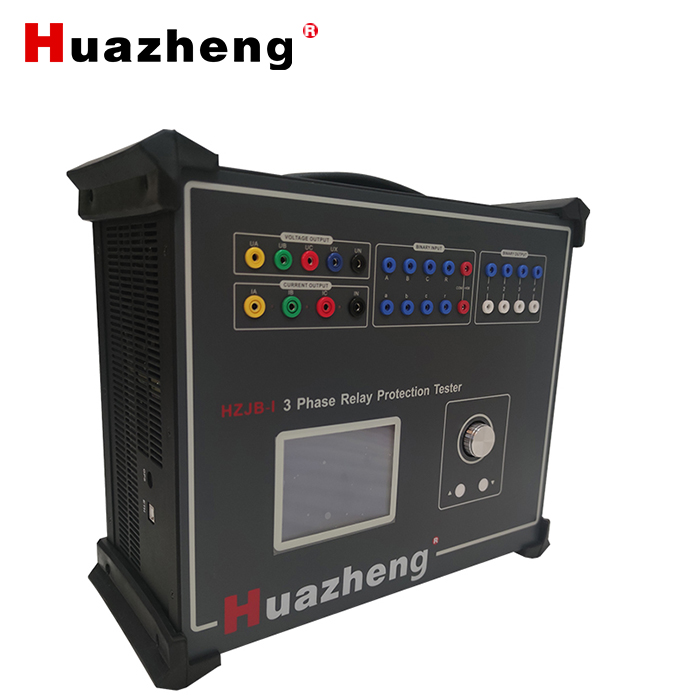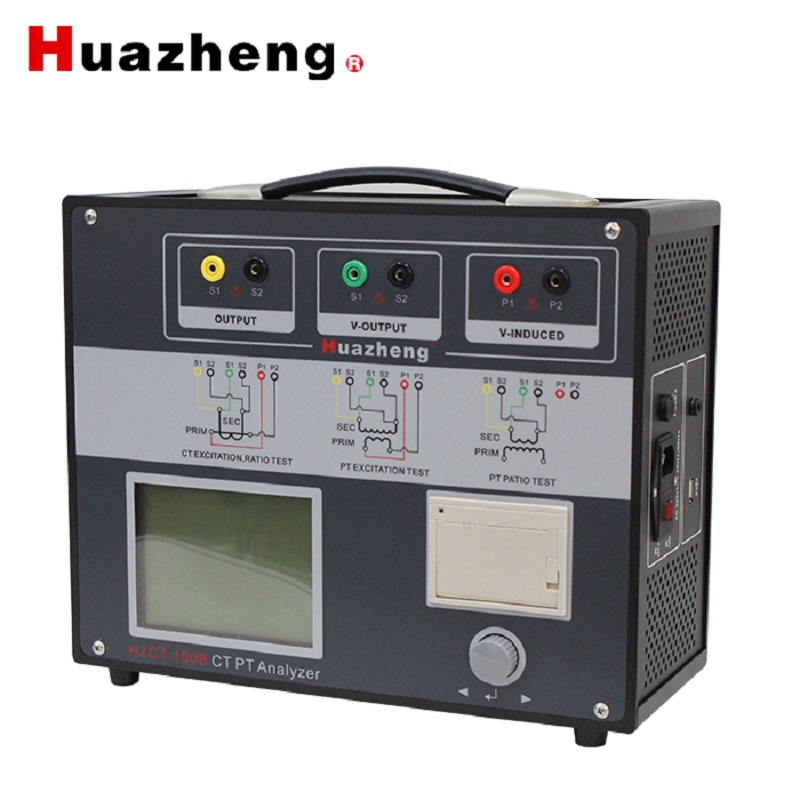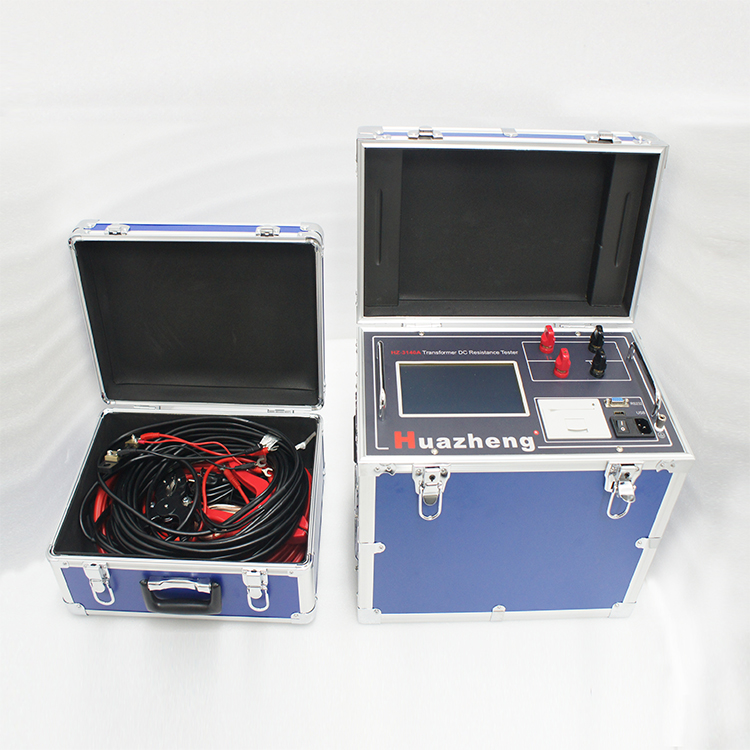-
Testo 270 Cooking Oil Tester
SAR2,000.00 -
Hioki DT4222: Digital Multimeter
SAR390.00 -
HTA102 Sound level Meter with Calibrator
SAR4,000.00 -
Megger MIT1525 - 15kV Insulation Resistance Tester
SAR30,000.00 -
Flir E8-XT InfraRed Camera with MSX & WiFi
SAR15,000.00
KEY FEATURES● compact and robust construction● high precision ● very precise, smooth-running impeller ● easy to read digital display ● backlight ● interchangeable impeller ● Max-Min measurement ● 11 measurement functions in one device |
PRODUCT OVERVIEWClimate weather measuring device for recording various environmental data / Various measuring functions / MAX / MIN measurement / High accuracyThe anemometer PCE-EM 890 is an instrument for measuring environmental conditions. The anemometer gives you an accurate measurement very quickly. Due to the small dimensions and the low weight, this anemometer is an easy-to-use information system on the weather condition. It is possible to switch between the measuring functions with just one push of a button. Thus, this anemometer is ideal for technicians, sailors, farmers and many other people who are dependent on the weather or whose activities are significantly influenced by the weather. With just one gauge, you can read wind speed, temperature, wind chill (sensed temperature), dew point, relative humidity, heat index, barometric pressure, and height above sea level. The anemometer offers you the functions of the individual measured value, minimum value, maximum value measurement. Explanation of various environmental conditions: Wind Chill
Air Pressure
Dew Point / Dew Point Temperature
|


